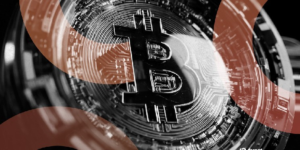Information used by a person or entity to identify themselves to a computer or network.
What Is a Digital Identity?
There are several types of digital identity already in use. The most obvious of these is government identification, which is used for purposes including access to banking, corporate registration and, of course, surveillance purposes.
Identification systems also exist for customers to transact online, log in to digital services and prove their identity to organizations such as employers.
Traditional identity systems tend to suffer from a number of common problems. They can be inaccessible (often by design), insecure and at high risk of attack, very easy to defraud, and extremely fragmented.
Blockchain-based digital identities are seen as particularly useful for millions of people around the world with no proof of identity — often because of cost, complexity or inaccessibility. A lack of proof of identity locks these people out of crucial facilities such as banking. However, the explosion in use of mobile phones provides a route for the development of simpler, free blockchain-based identity solutions.
Crucially, blockchain technology is also vastly more secure than the digital identity technologies generally being used today. While it is currently extremely easy to forge an identity online, blockchain-based identity solutions allow for absolute confidence in the validity of an identity because of the immutable nature of blockchain-based recordkeeping.




